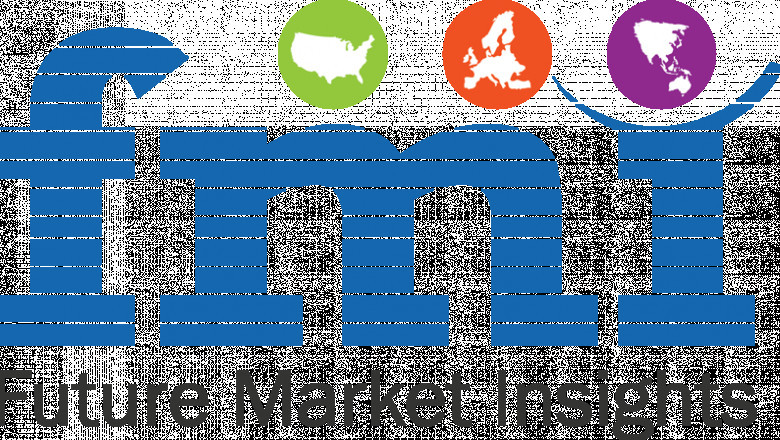views

The increasing food loss and wastage has led to a growing focus on decreasing the total volume of waste produced while increasing efforts to bring about sustainability in food waste management worldwide. The global food waste management market is anticipated to be valued at US$ 62.6 Bn in 2022. Future Market Insights (FMI) projects that the food waste management market will see a significant CAGR of over 6.4% during 2021 - 2032.
|
Attribute |
Details |
|
Market Size Value in 2022 |
US$ 62.6 Billion |
|
Market Forecast Value in 2032 |
US$ 116.4 Billion |
|
Global Growth Rate |
6.4% |
|
Forecast Period |
2022-2032 |
Food loss, coupled with ecological risks, is leading to a growing need for sustainability and effective food waste management facilities. The amount of food thrown away is increasing at an astounding rate each year. World Bank reports “What a Waste 2.0: A Global Snapshot of Solid Waste Management to 2050” in 2022 which anticipates more than 3 billion tons of waste to be generated annually by 2050. This signals a sharp increase from the current volume, i.e. 2 billion tons.
Request for Report Sample - https://www.futuremarketinsights.com/reports/sample/rep-gb-2749
According to the United States Environmental Protection Agency (EPA), more than 38 million tons of food waste was generated in 2014, with a mere five percent diverted from incinerators and landfills. EPA estimates that food accounts for 21.6% percent of discarded municipal solid waste generated in the country. Food losses and waste bring to light the inefficiency of food value chains and food systems, which cause a fall in overall food availability.
Key Takeaways - Food Waste Management Market Study
- The food waste prevention segment is expected to rank relatively high on the attractiveness index in the global food waste management market. In 2022, the food prevention segment is anticipated to dominate the market.
- Food loss and wastage occurs at each node of the supply chain, from primary production to final end consumption.
- According to FMI survey, it is observed that around 85% to 90% of the overall food wasted in the developing economies is in the supply chain, including producers, processors, distributors, transportation & logistics, and retailer levels. In developing economies, food loss usually occurs in the earlier stages of the supply chain as a result of limited technology, inadequate infrastructural facilities, unfavorable climatic conditions, and insufficient processing and lack of marketing.
- In contrast, developed economies witness food losses and wastage to a substantial extent at the downstream stages of the supply chain.
- In 2019, food processing wastes is estimated to dominate the food waste management market by waste type.
- Rising preference for animal food production from food waste is expected gain traction in the food waste management market in the foreseeable future. Animal Feed, followed by fertilizers, are anticipated to remain the largest end-use segment globally during the forecast period.
- Increase in promotional activities and investments in renewable energy generation are leading to the growing market prospects for food waste management in North America. High demand for renewable energy and development in infrastructure encourages new players operating in recycling and processing food waste market.
Players in the food waste management market could strengthen their positions by introducing services in the rural areas where the concentration of food waste management companies is relatively low.
Speak to our Research Expert: https://www.futuremarketinsights.com/ask-question/rep-gb-2749
Technological Developments to Enhance Prospects for Food Waste Management Organizations
Increasing participation of small and mid-size enterprises in the global food waste management market provides opportunities for innovation in services offered by waste management companies. Through the development of innovative technologies such as shelf-life extension technology, companies operating in the food waste management market are able to expand their global footprint by leveraging the regulatory implications.
Scope Of Report
|
Attribute |
Details |
|
|
Market Size Value in 2022 |
US$ 62.6 Billion |
|
|
Market Forecast Value in 2032 |
US$ 116.4 Billion |
|
|
Global Growth Rate |
6.4 |
% |
|
Forecast Period |
2022-2032 |
|
|
Historical Data Available for |
2017-2021 |
|
|
Market Analysis |
MT for Volume and US$ Bn for Value |
|
|
Key Regions Covered |
North America, Latin America, Europe, East Asia, South Asia, Oceania, and MEA |
|
|
Key Countries Covered |
United States, Canada, Brazil, Mexico, Germany, UK, France, Italy, Spain, Nordic, Benelux, Russia, Poland, China, Japan, India, ASEAN, Australia and New Zealand, GCC countries, Turkey, South Africa, and others. |
|
|
Key Market Segments Covered |
Services, Waste type, and End-use and Regions |
|
|
Key Companies Profiled |
|
|
|
Request Special Price |
Available upon Request |
|
Know More About What the Report Covers
Future Market Insights, in its new offering, offers an unbiased analysis of the global food waste management market, presenting historical demand data (2012-2021) and forecast statistics for the period from 2022-2032. The study divulges compelling insights on the food waste management market based on the service (prevention, collection, transfer, recycling, and landfill), waste type (food production wastes, food processing wastes, distribution and supply chain wastes, retail wastes, and consumption wastes), and end-use (animal feed, fertilizer, renewable energy & biofuels, and others) across seven major regions.












